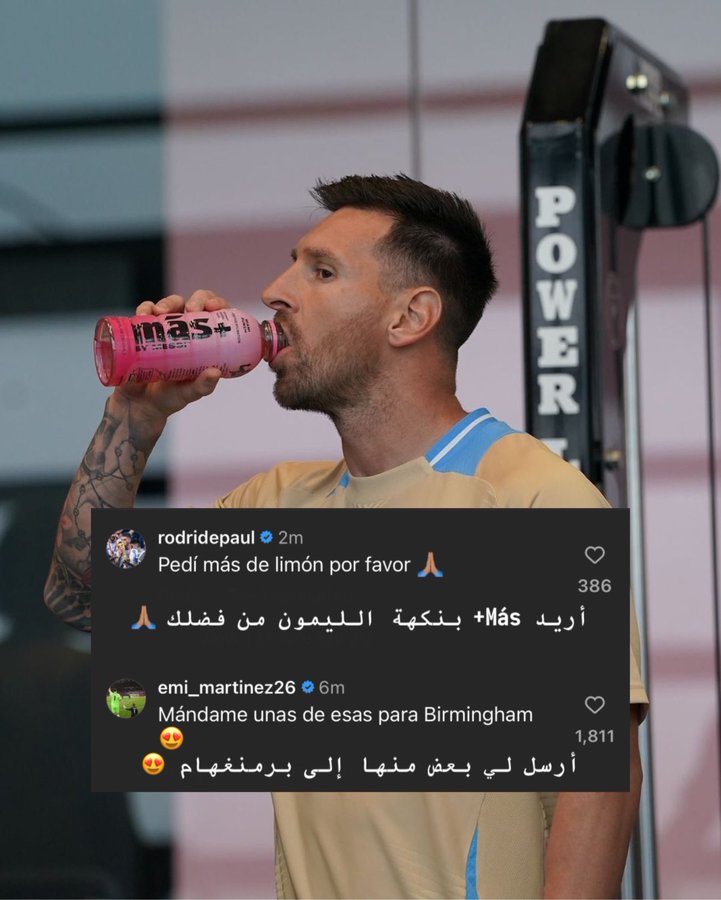During the past summer, Damian Lillard expressed a strong desire to leave the Portland Trail Blazers, with his preferred destination being the coastal city of Miami. However, Portland was not willing to let go of their star player without a significant return. The negotiation message was clear: no Tyler Herro, and if the Miami Heat wanted to trade him, they needed to involve a third team.
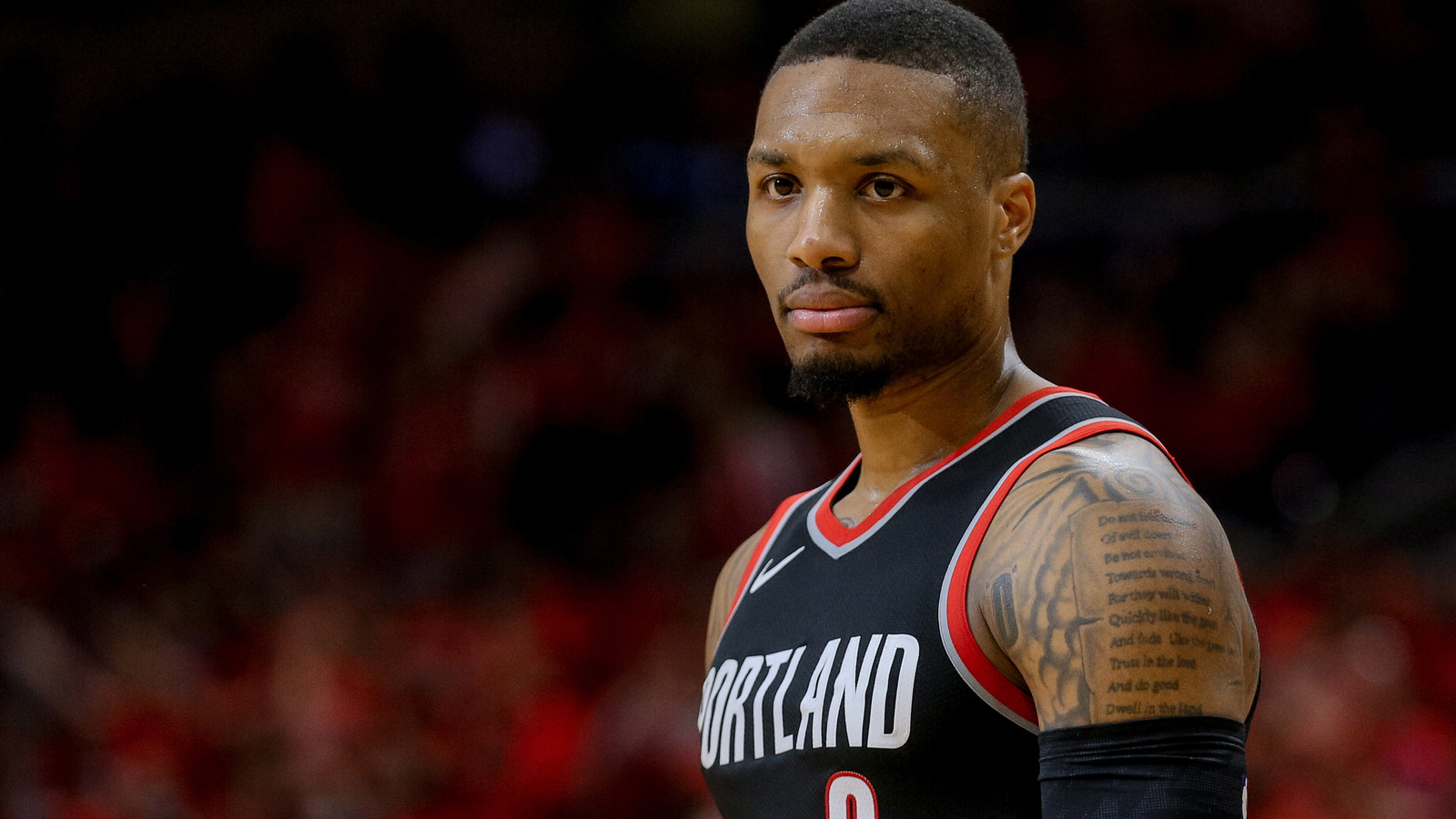
In the end, Damian Lillard did not head to the East Coast but joined the Milwaukee Bucks, forming a formidable duo with “The Greek Freak” Giannis Antetokounmpo. Tyler Herro remained with the Miami Heat, having the best season of his career so far.
This multi-team trade involved the Trail Blazers, Bucks, and Suns, with the Trail Blazers securing the 2018 NBA Draft’s first pick, Deandre Ayton. The Suns acquired Jusuf Nurkic and Grayson Allen. The intricate negotiations resulted in a million-dollar deal among the three teams.
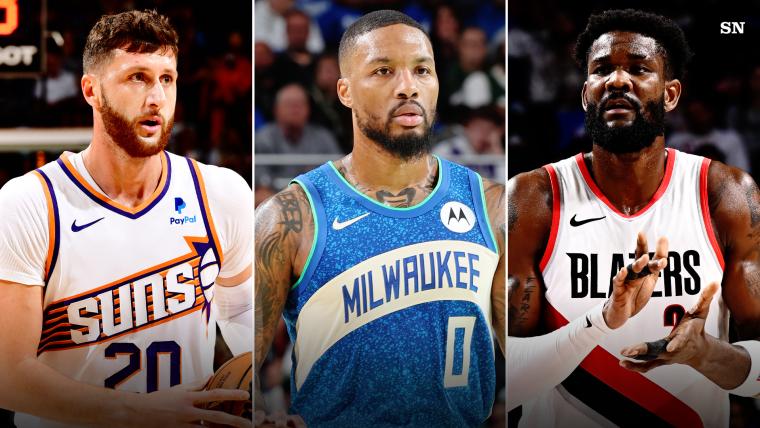
Another multi-team trade unfolded when James Harden left Philadelphia. Unlike Damian Lillard’s case, all three teams involved – 76ers, Thunder, and Clippers – focused on future assets, exchanging draft picks rather than immediate player acquisitions.
Recent years have seen a surge in multi-team trades across the NBA, averaging eight per year from 2019 to 2023, nearly doubling the rate from 2009 to 2019. Teams are becoming more strategic and innovative in their trade approaches, seeking the best solutions for their rosters.
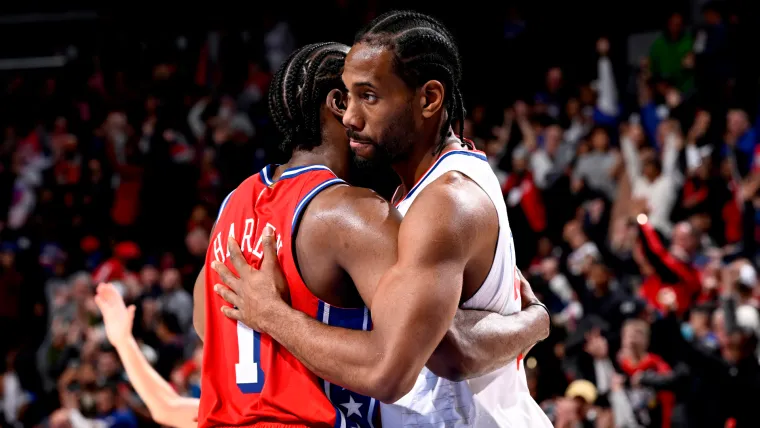
The ease of communication through information networks allows team leaders and scouts to collaborate, solving issues that arise during negotiations. However, traditional teams pursuing single-team trades may find these multi-team negotiations challenging, questioning the need to give opponents additional time to alter agreed-upon deals.
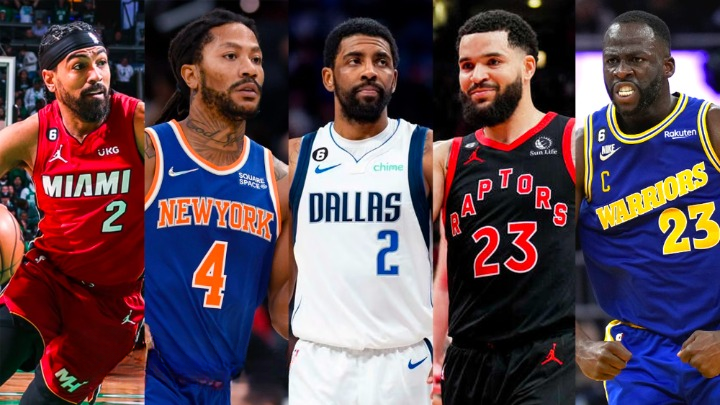
Presently, all teams have 24 to 48 hours to modify trade terms. In cases involving a third team, delays can extend up to 72 hours. Rules dictate that teams beyond the first two involved will not enjoy full trade benefits, and each team must engage with at least two others. Transfer methods include players, draft picks, or $1.1 million, adding complexity to the process.
The NBA has also imposed restrictions on player trades, such as a ban on trading players aged 50 and above, emphasizing recent player activity in the NBA or All-EuroLeague recognition.
Next season may pose challenges for teams acquiring All-Stars due to new financial regulations. The Bucks, Clippers, and Celtics have capitalized on the current season to secure star players swiftly. The article suggests that multi-team trades will likely continue to grow as teams explore this method to balance financial considerations.

